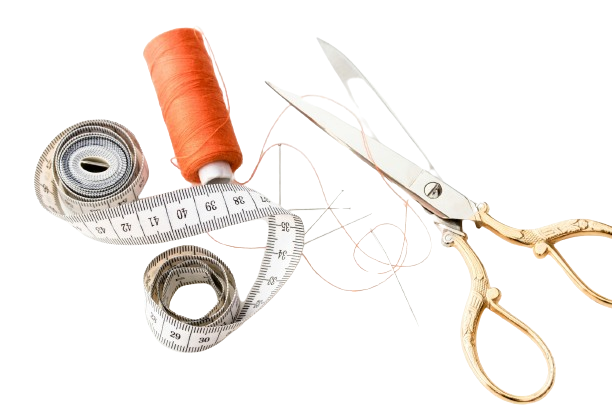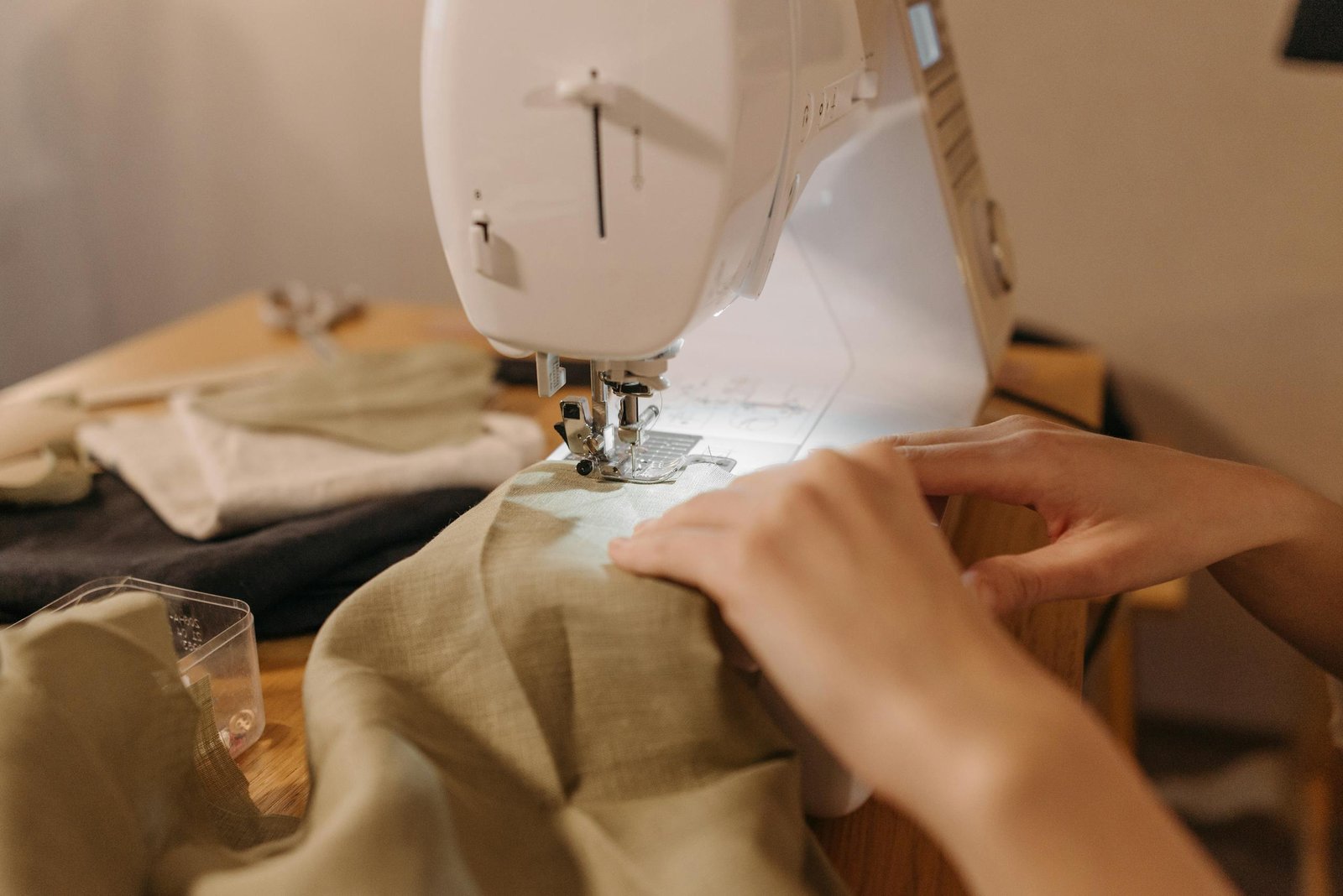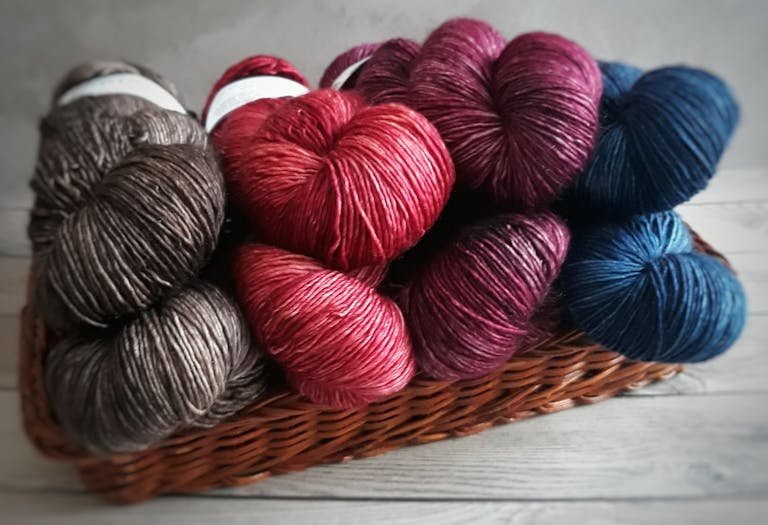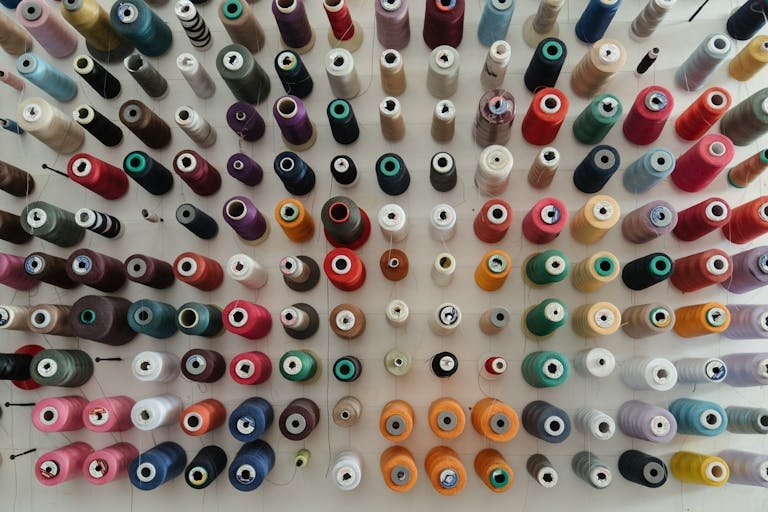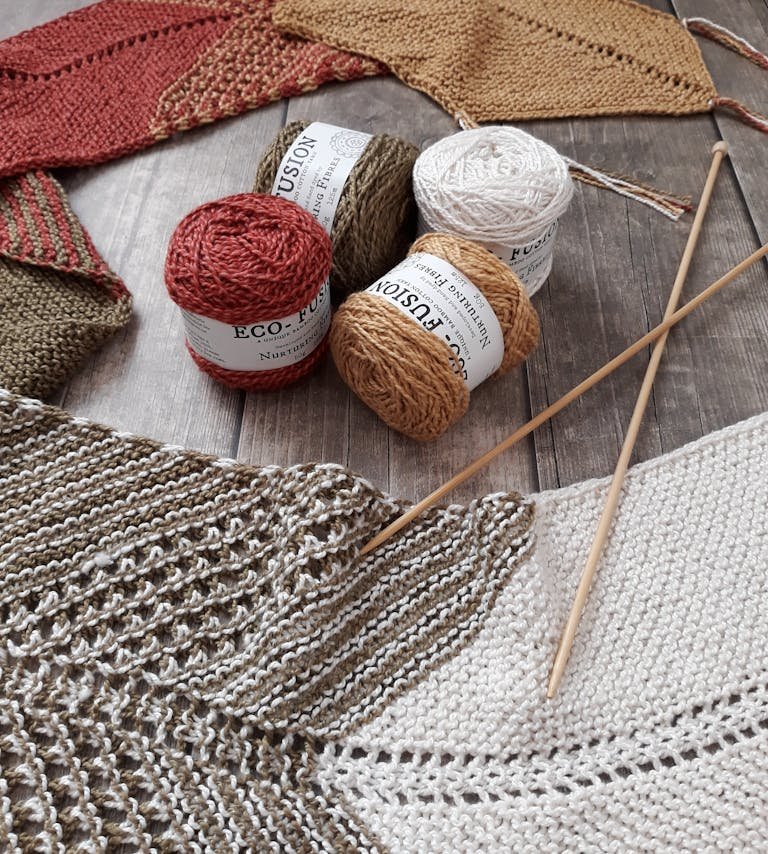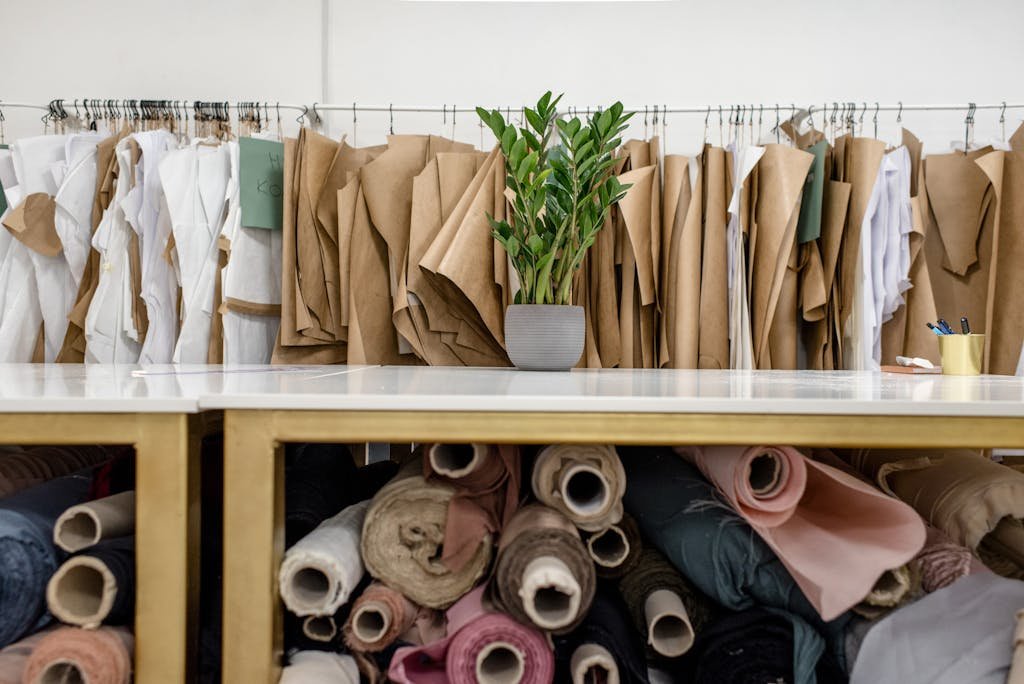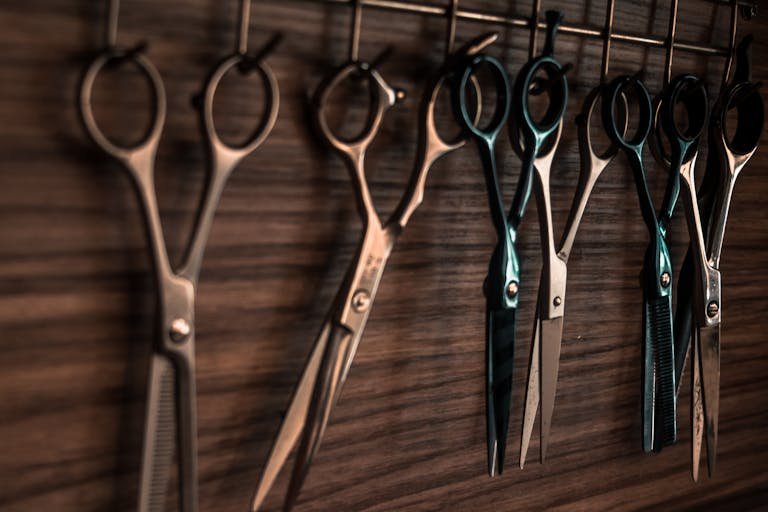Master the Basting Stitch: Sew Easier
Basting is a fundamental technique in sewing that helps temporarily hold fabrics together before the final stitching. It’s particularly useful for fitting, adjusting, and aligning fabrics to ensure precision. In this blog post, we’ll explore How to Baste Sewing with two essential basting methods: hand basting and machine basting. Each method has its unique advantages and is suited for different types of sewing projects.
Method 1: Hand Basting
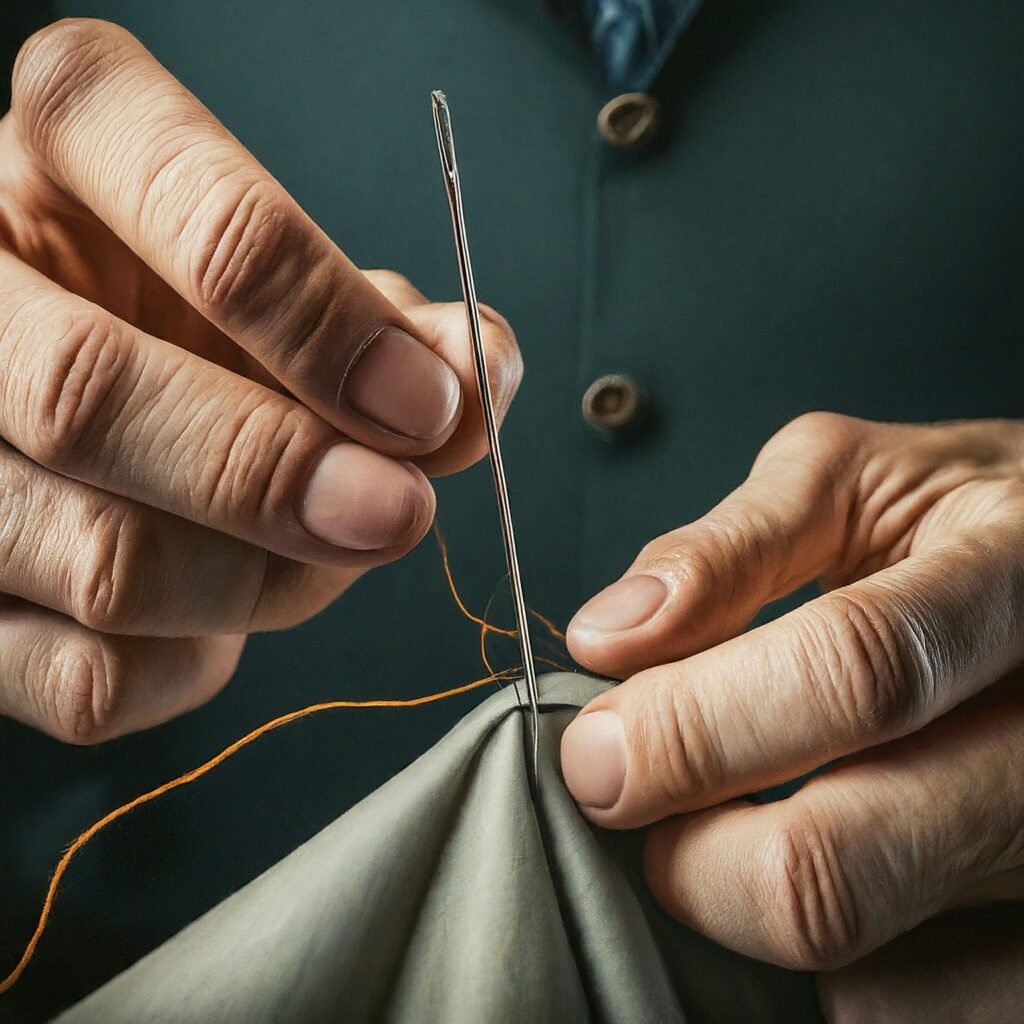
Hand basting is a traditional technique that involves sewing temporary stitches by hand. This method is ideal for delicate fabrics, detailed projects, and situations where precision is paramount.
Materials Needed
- Needle
- Thread (preferably in a contrasting color for visibility)
- Scissors
Step-by-Step Guide
1. Thread the Needle
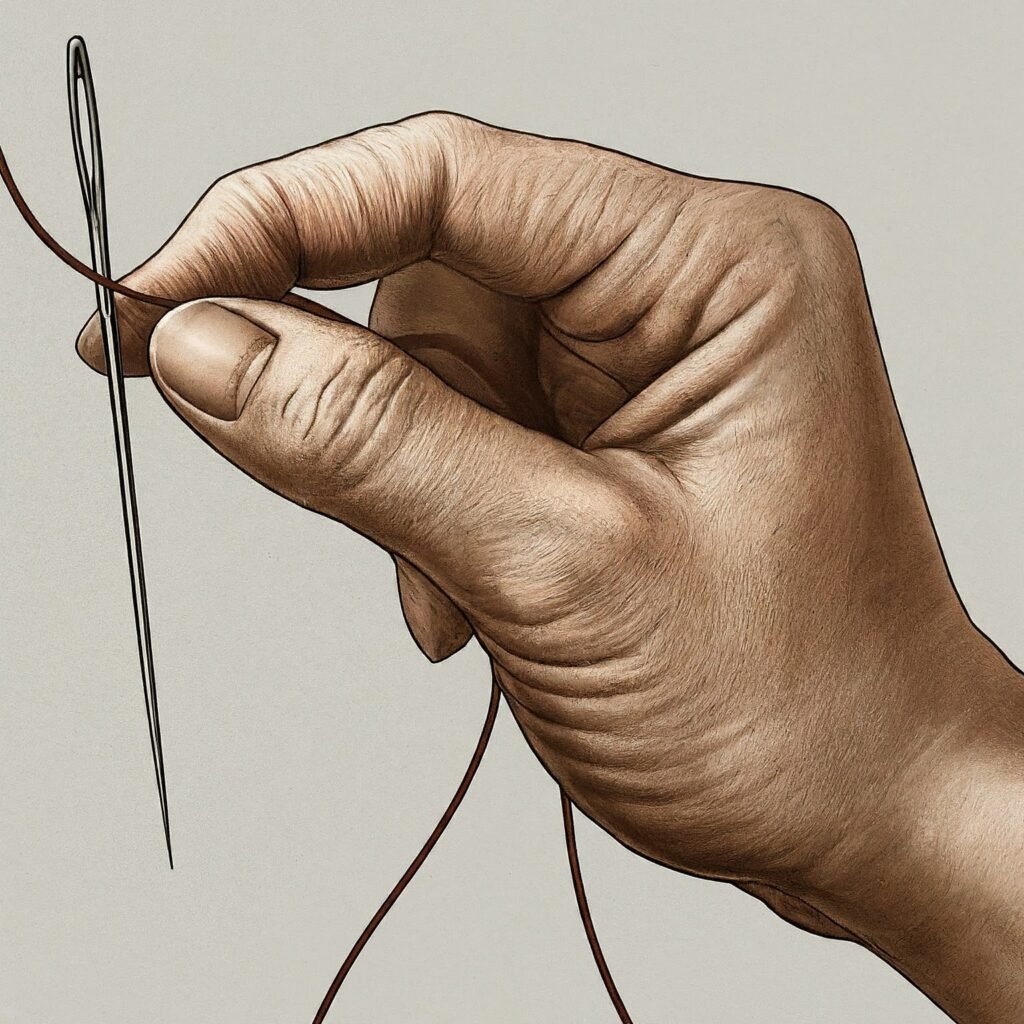
Choose a contrasting color thread to make the basting stitches easy to see. Thread the needle and tie a small knot at the end.
2. Start Basting
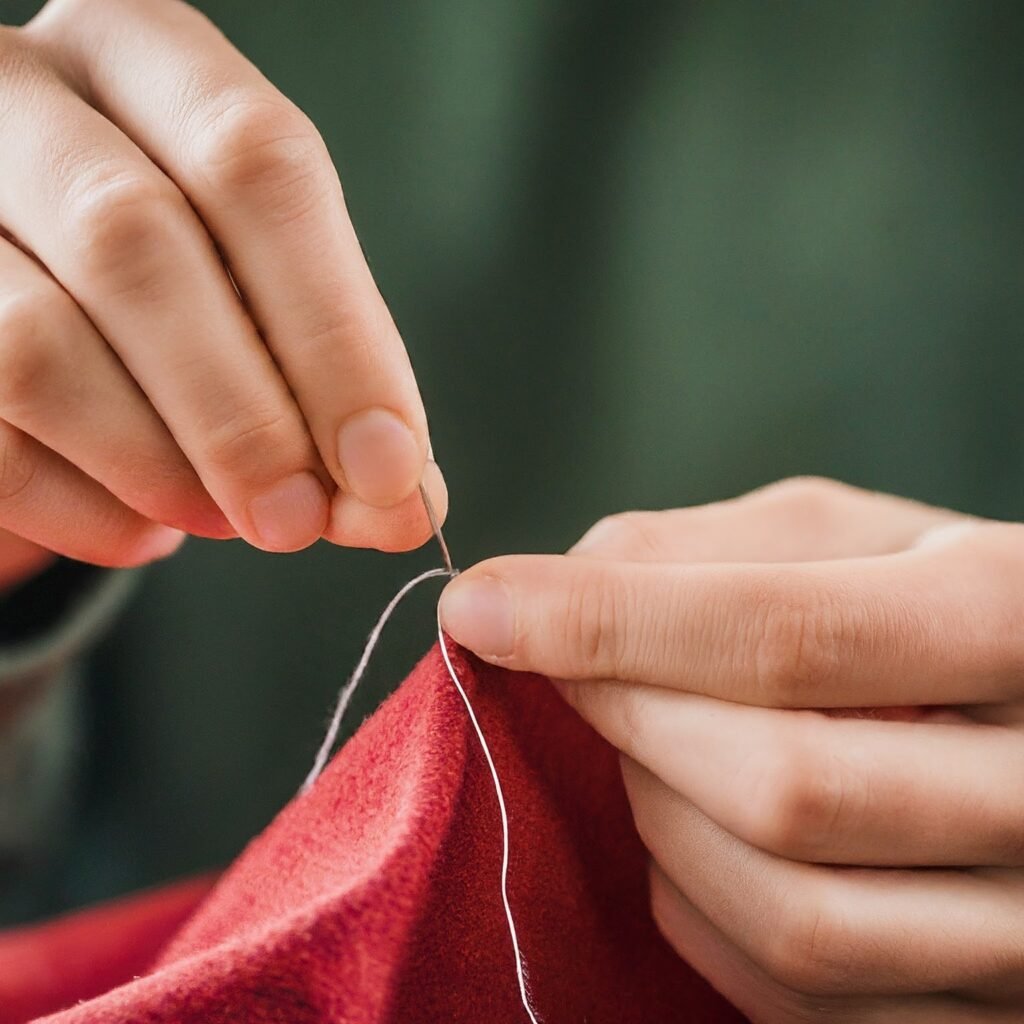
Insert the needle into the fabric at the point where you want to start basting. Pull the thread through until the knot is secured on the underside of the fabric.
3. Sew Long Running Stitches
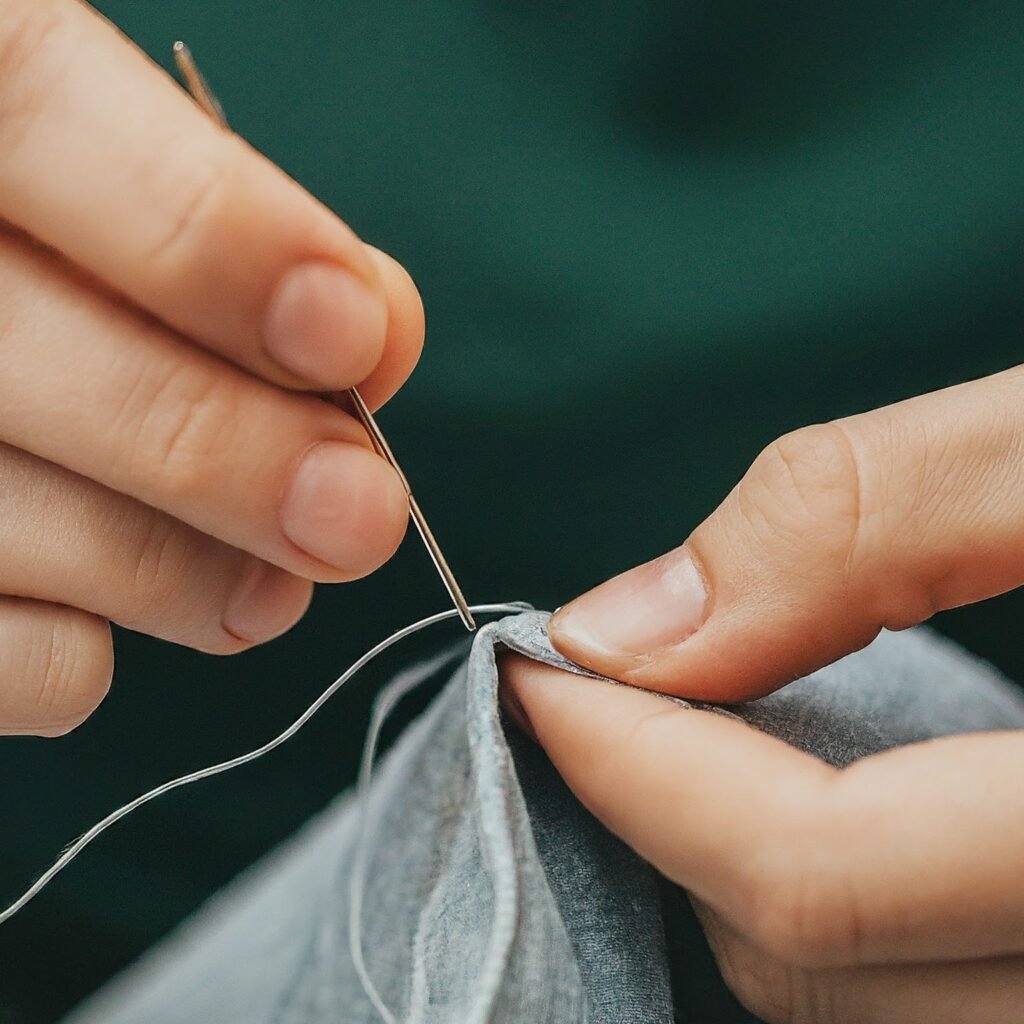
Make long-running stitches (about 1/4 to 1/2 inch in length) along the seam line. These stitches should be easy to remove later, so avoid pulling the thread too tightly.
4. Knot the End

Once you reach the end of the seam, tie a knot on the underside of the fabric to secure the thread.
5. Check Alignment
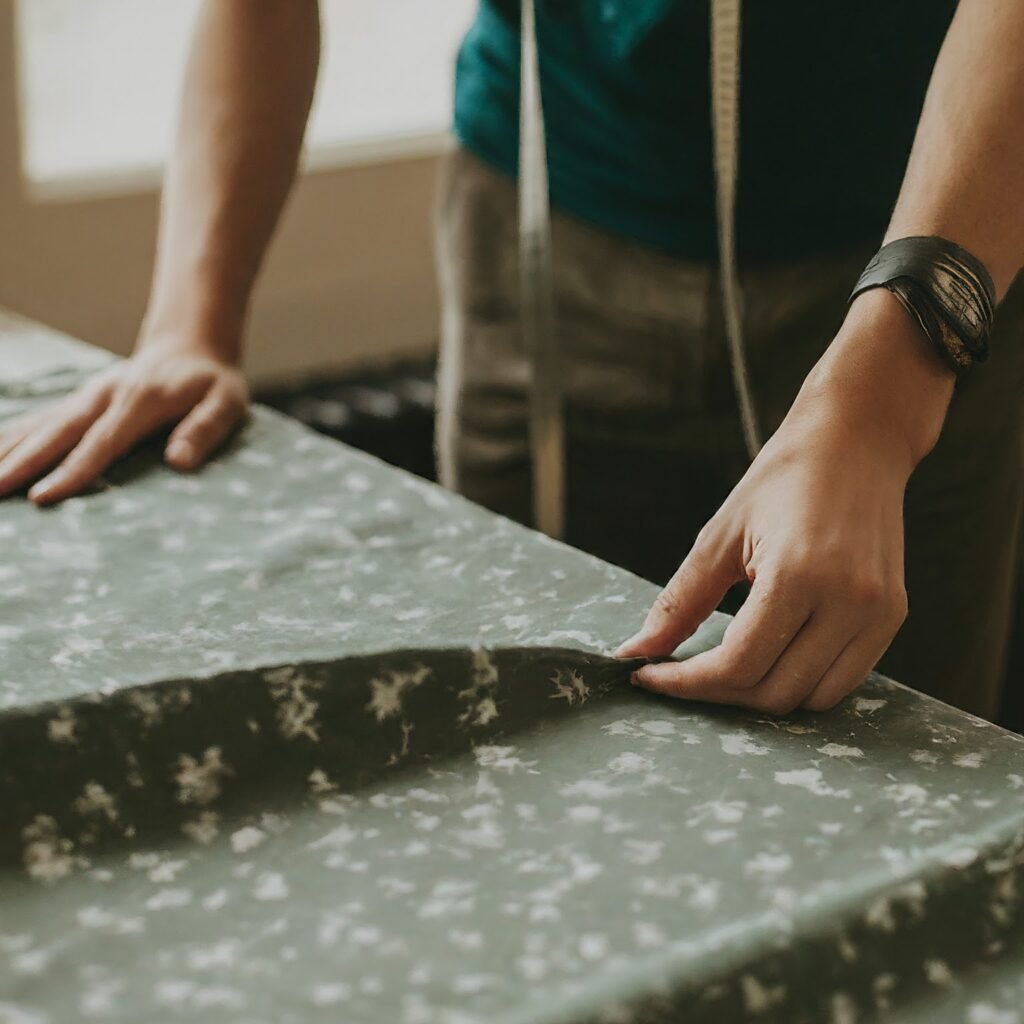
Before proceeding to the final stitching, check the alignment and fit of the fabrics. Make any necessary adjustments by carefully removing and repositioning the basting stitches.
Advantages of Hand Basting
- Precision: Ideal for intricate details and delicate fabrics.
- Control: Provides greater control over the fabric placement and alignment.
- Flexibility: Easy to adjust and remove stitches if needed.
Method 2: Machine Basting
Machine basting is a faster technique that uses a sewing machine to create temporary stitches. It’s perfect for larger projects and when you need to baste quickly and efficiently.
Materials Needed
- Sewing machine
- Thread
- Fabric
Step-by-Step Guide
1. Set Up Your Sewing Machine
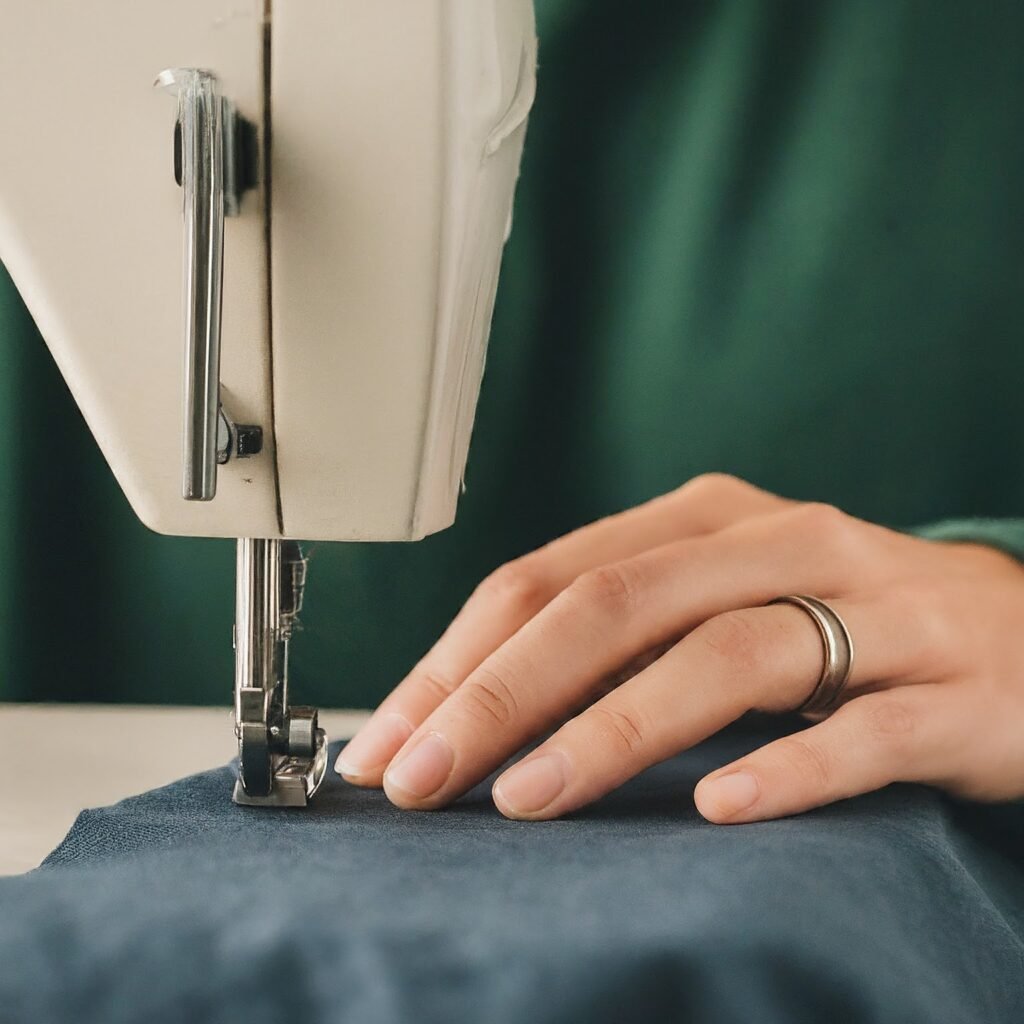
Set your sewing machine to a long stitch length (4-5 mm). This makes the stitches easier to remove later.
2. Position the Fabric
Place the fabric pieces together with the right sides facing each other. Align the edges and seams as needed.
3. Start Basting
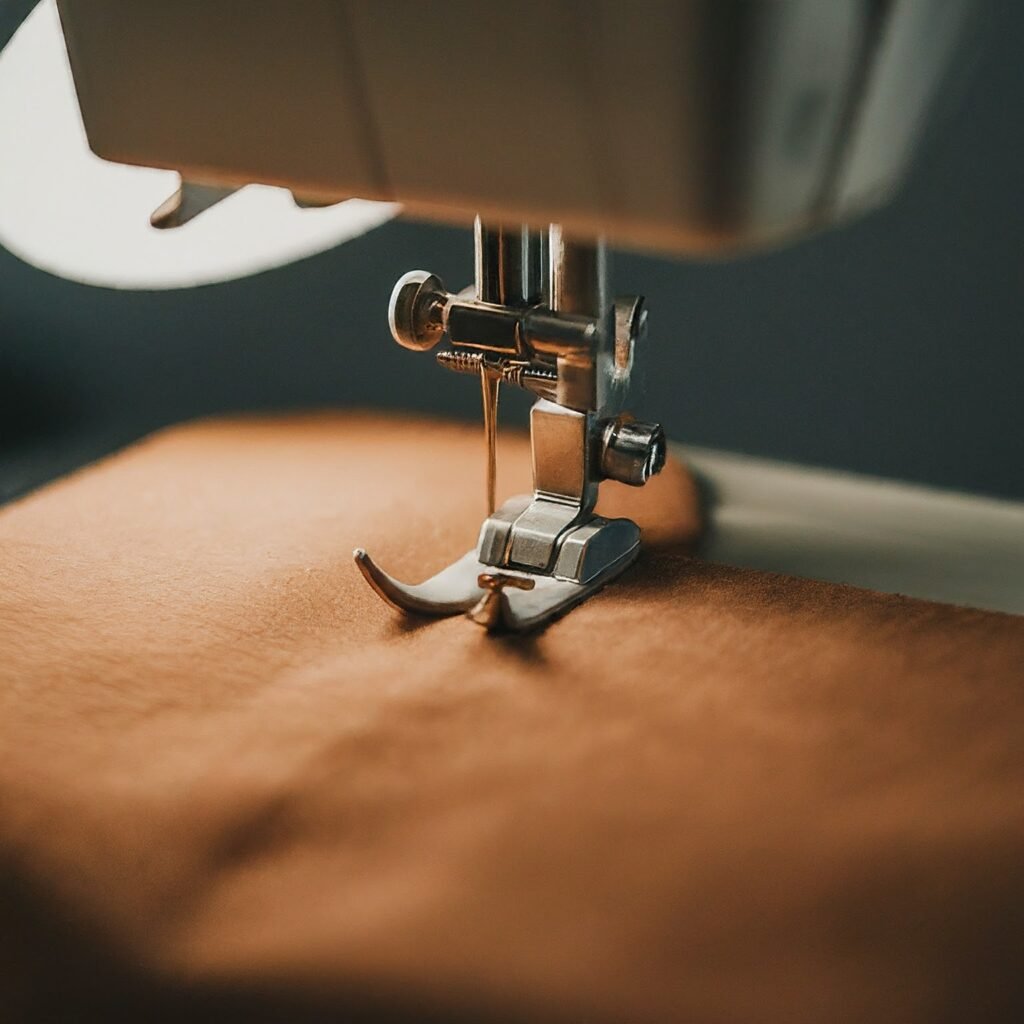
Begin sewing along the seam line. Keep the stitches long and even. Avoid backstitching at the beginning and end, as this will make it easier to remove the basting stitches later.
4. Sew Slowly and Steadily
Maintain a steady pace to ensure the fabric doesn’t shift. Long stitches should hold the fabric together without puckering or pulling.
5. Check and Adjust
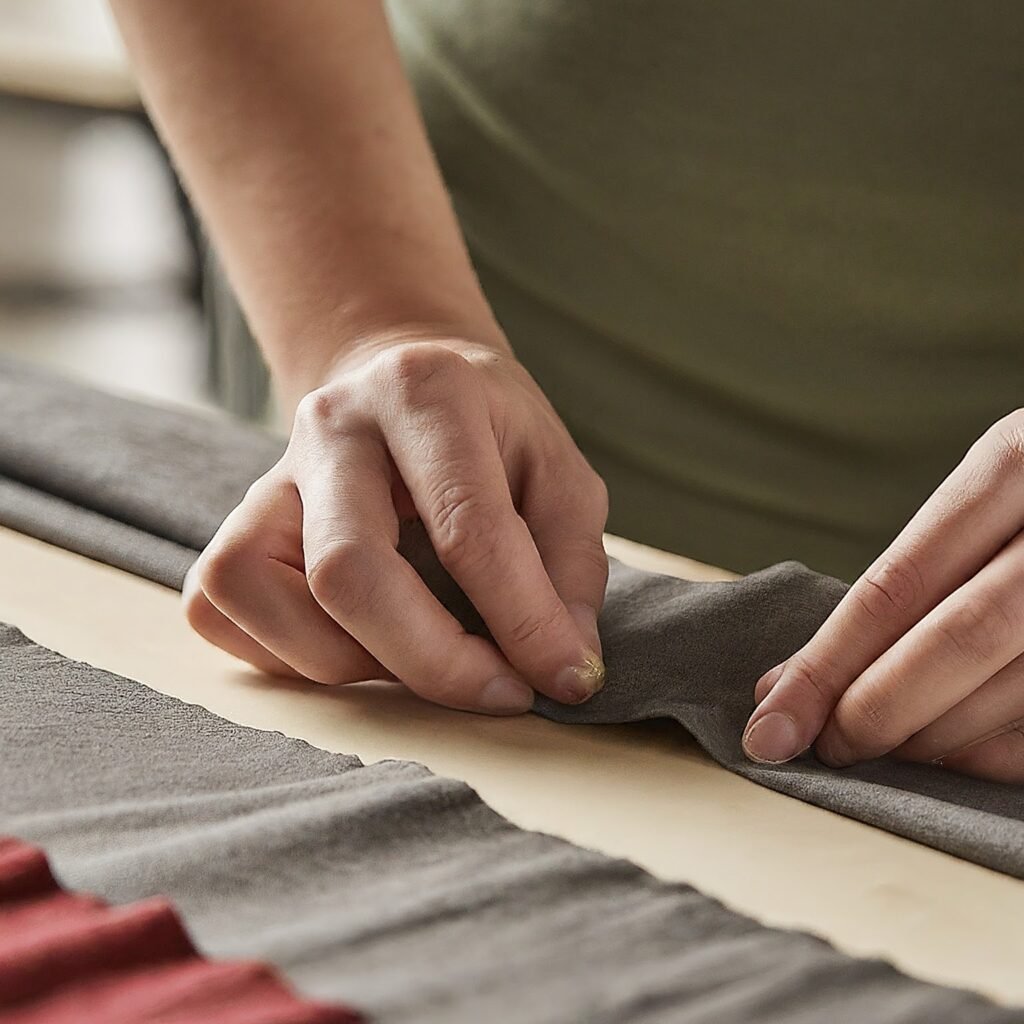
Once the basting is complete, check the alignment and fit of the fabrics. Make any necessary adjustments by removing and re-basting if needed.
Advantages of Machine Basting
- Speed: Much faster than hand basting, making it suitable for large projects.
- Consistency: Provides even stitches, which helps in maintaining uniformity.
- Efficiency: Ideal for quickly securing fabric pieces before final stitching.
Read Also: How to Make Crystal Jewelry
Final Thoughts
Basting, whether by hand or machine, is a crucial step in the sewing process. It ensures precision, alignment, and a better final product. Hand basting offers greater control and is perfect for delicate or detailed projects, while machine basting is efficient and ideal for larger tasks. By mastering both methods, you’ll be well-equipped to handle a variety of sewing challenges with confidence and skill.
